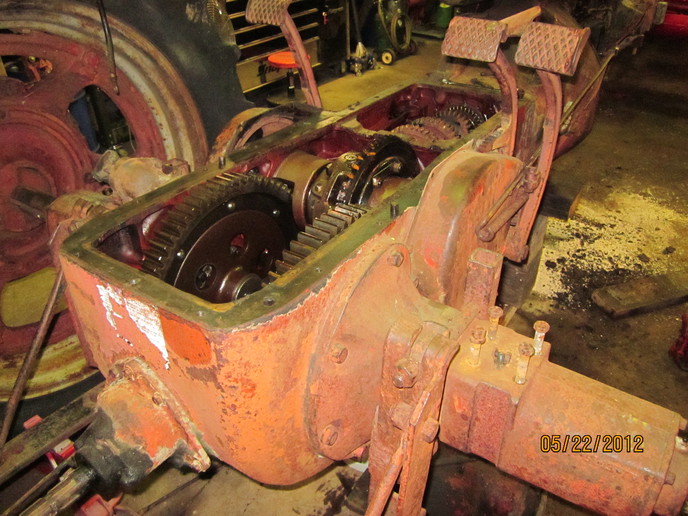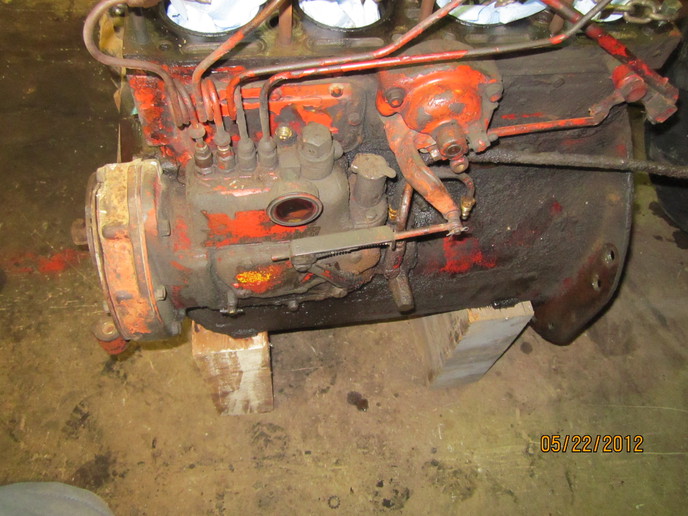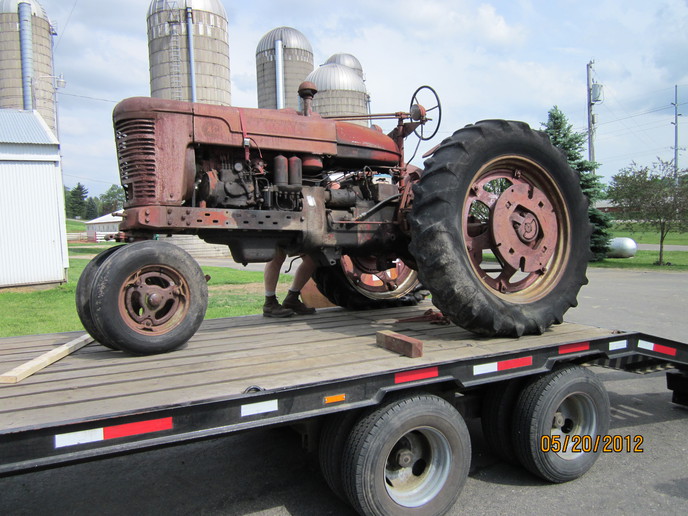I've acquired a '53 Super M that belonged to my grandfather. It's the tractor I learned to drive on and has been in the family since it was new. As I start down the path to restoring it for a second life of useful service on the farm, I wanted to ask others what their lessons learned have been on their projects.
Yes, it's an old tractor. Yes, it's nostalgic for me. No, it doesn't have a 3 point hitch. No live hydraulics either. While I do hope to keep costs "somewhat" in line with its value when completed, I also plan to end up with a tractor that can see a second life of basic use in a modern world.
So, what lessons learned do you have to share with someone approaching a new project like this?
https://farmhacker.files.wordpress.com/2012/05/dsc01983.jpg
Yes, it's an old tractor. Yes, it's nostalgic for me. No, it doesn't have a 3 point hitch. No live hydraulics either. While I do hope to keep costs "somewhat" in line with its value when completed, I also plan to end up with a tractor that can see a second life of basic use in a modern world.
So, what lessons learned do you have to share with someone approaching a new project like this?
https://farmhacker.files.wordpress.com/2012/05/dsc01983.jpg









